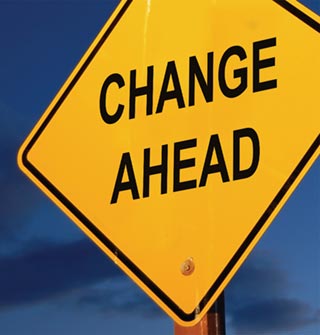In January Linkedin is changing their InMail policy. In case you haven’t heard already, here are the changes:
“InMail credits will be returned for every response, rather than for no response: InMail messages that get any response (Reply or Not Interested) from a recipient within 90 days will be credited back to you. If you don’t get a response within 90 days, however, the InMail credit will not be replaced.
More monthly InMail credits: Each month you’ll get 15 InMail messages (versus 10 before) so you can reach more people.
InMail accrual: Unused InMail credits will continue to accrue for 90 days so you can choose the right time to reach out.”
Why has LinkedIn recently reversed their original policy for InMail credits to give refunds for responses instead of for unread messages like before?
Isn’t it obvious? Linkedin and everyone on the platform are damn tired of all the lame spam InMail clogging up their Linkedin inboxes.
Why Linkedin’s Inmail Policy Is Changing Now
Originally Linkedin made people pay for their InMails only based on performance (you pay for a Inmail credits and only use them if you get a response), which encouraged people to reach out to anyone. This was a reasonable strategy of monetization for Linkedin in its earlier days when they needed to engage more people on their platform, but over time it created a low bar for substandard untargeted messages that spammed all our Linkedin inboxes.
Linkedin has reached enough critical mass in their platform where they can begin to start thinking about how to regulate quality, and so they’re making the first steps to disincentivize InMail spammers. Instead they will now be rewarding InMail senders who actually do manage to solicit responses, and penalizing the spammers by making them pay for every message that doesn’t get a reply.
Linkedin is increasing the number of monthly InMail credits they give you to make this initial change somewhat smoother and to fight backlash against the change in policy. They’re introducing a rollover plan to let companies that are sending more effective Linkedin messages accrue credits as another incentive to take the time and effort to create more thoughtful InMail.
How Linkedin’s Policy Change for Inmail Will Affect Your Outbound Sales
While response rate is usually somewhat of a vanity metric for regular cold email, if you’re paying for every InMail message that someone doesn’t reply to, your response rate really matters.
If you were relying on Linkedin’s Inmail messages before to reach your prospects you probably need to rethink your outreach strategy. Here’s some economic-based strategies for how your outbound sales strategy should confront this new policy change:
- If you had a good response rate to your InMail messages before, you should actually ramp up the volume of InMails you are sending. their strategy because it will now be cheaper for them to connect with customers than before since they won’t be paying for responses.
- If you were sending InMails, but getting a low response rate it’s time to rethink your strategy before it becomes a huge loss leader for you.
- If you want to get a better response rate, you probably need to become way more targeted and selective with who you’re targeting on Linkedin, and take the time to craft much more personalized and targeted messages.
- You should also think about simplifying your messages to solicit a basic response rather than trying to get someone on the phone. You can do this by asking an intelligent but easy to answer question like: “I really enjoyed your post on cold emails. What do you think about the new change in Linkedin’s InMail policy, and how will it effect {!Company}’s outbound sales?”
- If you weren’t sending InMail much before, but generally have a good success rate with getting your cold email responses, you should probably think about leveraging InMail with the new policy because you don’t pay for replies.
- Think about this: if you can get a 28% response rate with your cold email, creating an even more targeted list of prospects on Linkedin that you would like to reach via inMail may get you even higher response rates when they can instantly put a face and profile to your message. (Test it out to see the difference and do the math)
What’s Next for Outbound Sales with Linkedin InMail and Other Social Channels?
Just like the tragedy of the commons for natural resources like fish caused by overfishing, as time moves on and social platforms become increasingly inundated with unsolicited messages, the following could likely occur:
- As more untargeted messages flood our social accounts, we will become more numb to these messages as the level of untargeted spam continues to increase, resulting in both:
- the open rates of all InMail messages decreasing, thus decreasing response rate, especially for spammy untargeted messages
- less reliance on InMail by smart prospectors who will seek other channels for outreach, but those who are successful with it will continue to use it until effectiveness decreases substancially
- This will continue until it either:
- dilutes the value of the communication channels of that particular platform
- or the regulators of that platform decide to regulate and disincentivize against spam to maintain the integrity of the quality of their users’ interactions
I suspect this is only Linkedin’s first measure against fighting the bombardment of low quality InMail messages in our inboxes, and anticipate more efforts to prevent untargeted valueless messages in the future.


